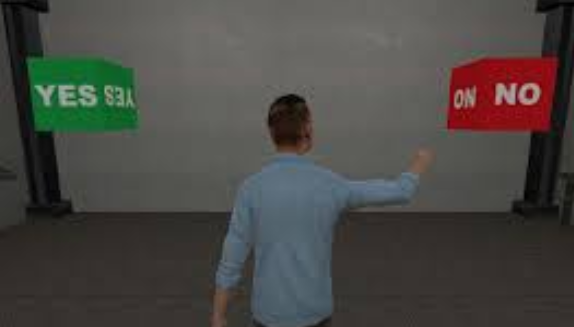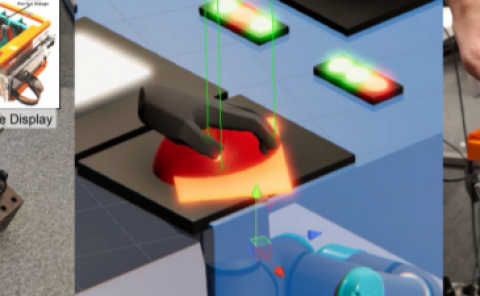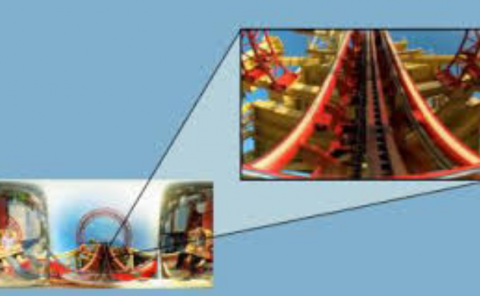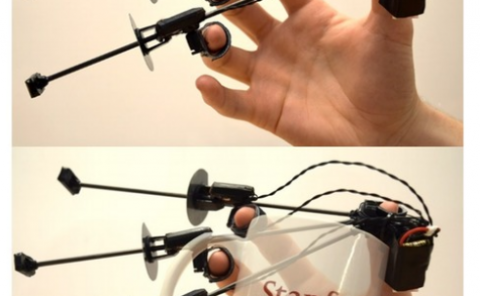Influence of Motion Speed on the Perception of Latency in Avatar Control
PubDate: December 2019
Teams: Univ Rennes
Writers: Ludovic Hoyet; Clément Spies; Pierre Plantard; Anthony Sorel; Richard Kulpa; Franck Multon
PDF: Influence of Motion Speed on the Perception of Latency in Avatar Control

Abstract
For fullbody interaction, avatar simulation and control involves several steps that leads to delay (or latency) between the users’ and their avatar’s motion. Previous works have shown an impact of this delay on the perception-action loop, with possible impact on Presence and embodiment. In this paper we explore how the speed of the motion can impact the way people perceive and react to such a delay. We conducted an experiment where users were asked to follow a moving object with their finger, while embodied in a realistic avatar. We artificially increased the latency (up to 300ms) and measured their performance in the mentioned task.Our results show that motion speed influenced the perception of latency: we found critical latencies of 80ms for medium and fast motion speeds, while the critical latency reached 120ms for a slow motion speed. We also found that performance was affected by latency before the critical latency for medium and fast speeds, but not for a slower speed.



